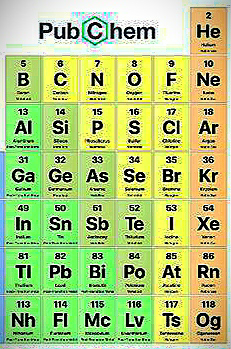
INTERNATIONAL SPACE STATION(ISS) PC - NASA Five space agencies including NASA, JAXA, ROSCOSMOS, CSA, ESA have contributed to the space station assembly. The International Space Station is larger than a six-bedroom house with six sleeping quarters, two bathrooms, a gym, and a 360-degree view bay window. In 24 hours, the space station makes 16 orbits of Earth, traveling through 16 sunrises and sunsets. Peggy Whitson set the U.S. record for spending the most total time living and working in space at 665 days on Sept. 2, 2017. To mitigate the loss of muscle and bone mass in the human body in microgravity, the astronauts work out at least two hours a day. The solar array wingspan (356 feet, 109 meters) is longer than the world’s largest passenger aircraft, the Airbus A380 (262 feet, 80 meters). pc-NASA The space station is 356 feet (109 meters) end-to-end, one yard shy of the full length of an American football field including the end zones. A spacecraft can arrive at the s...









